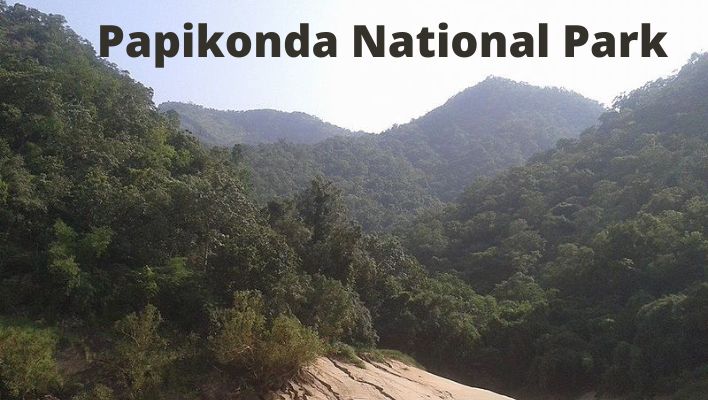The East and West Godavari districts of Andhra Pradesh are home to the magnificent Papikonda National Park. The Godavari River Basin is where the park is situated. The Papikonda mountain range is sliced through by the park’s woodlands. The cities that are most near the park include Khammam, Suryapet, and Warangal. Papikonda National Park spans an area of 1,012.86 square kilometers and is situated close to Rajamahendravaram in the Papi Hills in the Alluri Sitharama Raju and Eluru districts. Some endangered plant and animal species can be found there, and it is a significant area for birds and biodiversity. Eastern Ghats vegetation dominates the park’s floral variety. It is a well-known tiger reserve that also protects water buffaloes.
History and Geography of Papikonda National Park
In 1978, the Papikonda Wildlife Sanctuary was founded. The Papikonda Wildlife Sanctuary was made a national park in 2008. The national park’s limits include the Andhra Pradesh districts of Alluri Sitharama Raju and Eluru and are located between 18° 49′ 20″ and 19° 18′ 14″ N, 79° 54′ 13″ and 83° 23′ 35″ E. Its elevation extends from 66 to 2,789 feet, and its annual rainfall totals come to 1168 millimeters. The park is traversed by the Godavari River.
The National Park can be found on both the left and right sides of the Godavari River, which flows through the Papikonda hill range of the Eastern Ghats. The natural beauty of Papikonda Park is enhanced by the River Godavari. One of the most well-liked tourist spots in Andhra Pradesh is Papikonda National Park. The park is the ideal location to see nature in all its splendor. The park enables regrowth and regeneration in the fauna.
Flora and Fauna of Papikonda National Park
The flora of Papikonda national park includes species of both moist and dry deciduous woodlands. Tree species include Pterocarpus marsupium, Terminalia elliptica, Terminalia arjuna, Adina cordifolia, Sterculia urens, Mangifera indica, Anogeissus latifolia.
Mammals
The Bengal tiger, the Indian leopard, the rusty-spotted cat, the jungle cat, the leopard cat, the sloth bear, the small Indian civet, the Asian palm civet, the wild boar, and the honey badger. Herbivores spotted deer, Sambar deer, Indian muntjac, Indian spotted chevrotain, Gaur, Nilgai, and Four-horned antelope have been documented.
The national park has populations of both Rhesus and Bonnet macaques, which are typically found north and south of Godavari, respectively. Additionally, grey langurs are spotted within the national park. During the time of British imperial rule, water buffaloes were documented in the region.
Birds and Reptiles
BirdLife International designated the national park as an Important Bird and Biodiversity Area in 2016. Black-bellied tern, Pale-capped pigeon, Yellow-throated Bulbul, Oriental darter, Pallid Harrier, and Great Thick-knee, River Lapwing, River tern, Malabar pied hornbill, and Alexandrine parakeet are among the endangered, vulnerable, and near-threatened species of birds that have been documented.
Black-throated munia, Indian scimitar babbler, Jerdon’s nightjar, Malabar trogon, and Malabar whistling thrush were among the species of birds observed in the tropical damp forest. On the outskirts of the national park, a subspecies of Abbott’s babbler recognized and named after naturalist K. S. R. Krishna Raju was observed. The Eastern Ghats’ endemic Indian golden gecko was spotted in this national park. Observations of king cobras in and around the protected area.

